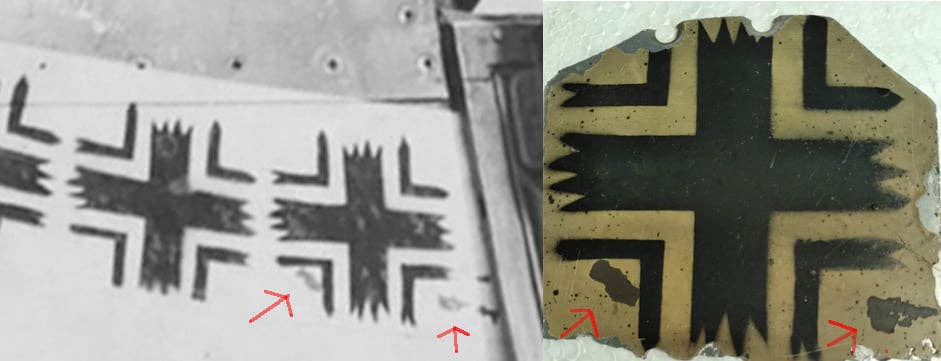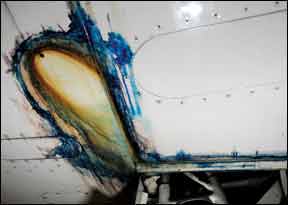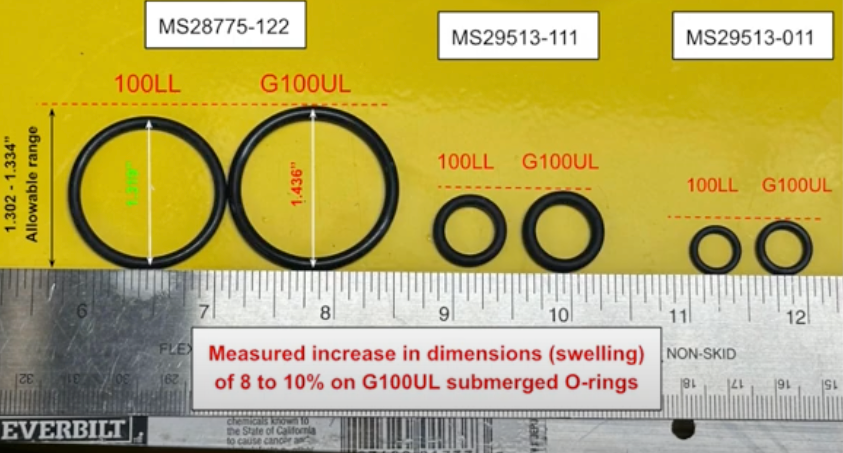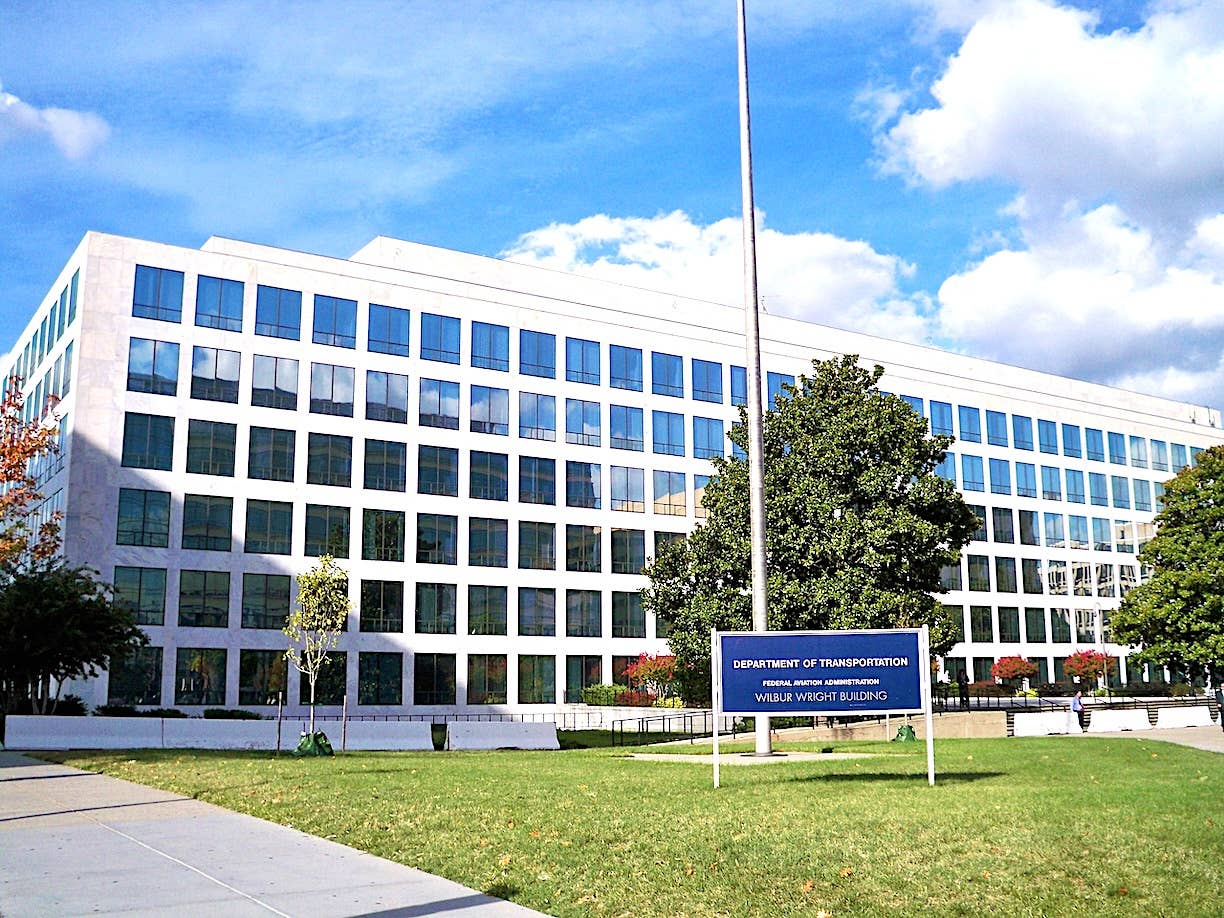WWII Ground Crewman’s Son Unearths A Valuable Historic Artifact
When Dave Seuf of Utica, New York, was going through his late father’s souvenirs from his service in World War II recently, he found a small scrap of aluminum aircraft…

Close-up photo of a World War II ace’s victory marking (left) appears identical to a just-discovered souvenir brought home by a ground crewman 76 years ago.
When Dave Seuf of Utica, New York, was going through his late father’s souvenirs from his service in World War II recently, he found a small scrap of aluminum aircraft skin painted with a black cross, such as those applied to the sides of Allied fighter planes to represent Luftwaffe aircraft shot down. Seuf knew his father had served as a ground crewman with the 4th Fighter Group at Debden, England, but as his father never talked about his service, he had no idea what the cross represented. So he posted a photo on the 4th Group’s Facebook page.
The historians of the group began to dig into old photos, suspecting the marking could have been an important piece of a P-51B Mustang flown by Captain Don Gentile (pronounced “Gentilly”)—a very famous aircraft with the nickname “Shangri La” painted on the nose. In the illustrations at left, the photo on the right is of the souvenir Seuf uncovered. The photo on the left, an original close-up photo of Shangri La’s aft cowl area, points out an identically painted black cross with what appears to be paint scraped off in two places, exactly matching what’s on the souvenir. There appears to be little doubt that this artifact came from Shangri La.
Gentile’s son Joe Gentile speculates that the marking probably represents the ninth (Feb. 25, 1944) aerial victory for his father, but could be the tenth (March 3). Starting at about the 00:30 second point of the video below, you can see gun camera footage from both of those missions. Later in the video, there is (very 1940s hokey) raw footage of Gentile taxiing Shangri La in from a mission, chatting with squadron mates—and being interviewed by a female war correspondent.
Ultimately, Gentile was credited with destroying 20.83 aircraft in the air (indicating one “victory” shared with another pilot [0.5 victory] and a second shared with two others [0.33 victory]) and six on the ground, making him one of the leading “aces” of the war. (His first two German planes were downed while he was serving as a volunteer American with the British Royal Air Force Eagle Squadrons.)
Though Gentile survived the war (only to die in a T-33 jet trainer accident in 1951), Shangri La met an ignominious end. After a high-speed low pass over the runway at Debden for newsreel cameras, Gentile misjudged the pullout and his Mustang mushed to the ground, skidding to a stop with its back broken.
Seuf’s father was named Roger Seufert, a sergeant serving with the 864th Air Engineering Squadron, attached to the 4th FG at the time of Gentile’s crash landing. It seems likely that the crew assigned to dismantling and disposing of the Mustang must have cut out parts of the fuselage and took them home as souvenirs. Seufert was lucky enough to get one of Gentile’s victory markers, and now his son has been able to share that piece of history.
There is a section of the Air Force Museum dedicated to Captain Gentile, and the souvenir could be headed in that direction.






